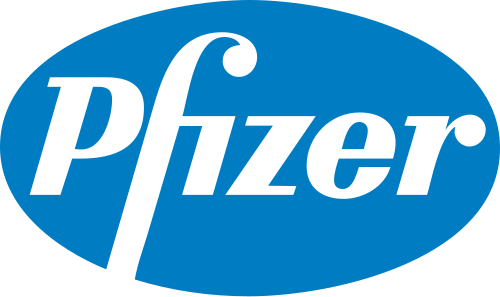 Reuters had an interesting article recently about Pfizer cutting their R&D budgets by 24% in 2011 (See Pfizer R&D chief upbeat despite smaller budget):
Reuters had an interesting article recently about Pfizer cutting their R&D budgets by 24% in 2011 (See Pfizer R&D chief upbeat despite smaller budget): Mikael Dolsten, Pfizer’s president of worldwide research and development, said making choices about research priorities was a ‘sign of a healthy company culture.’ ‘Our action was more a thoughtful deliberation after looking at how the industry has performed as a whole,’ Dolsten said in an interview on the sidelines of the Bio-Windhover Pharmaceutical Strategic Outlook conference in New York. ‘We feel that the amount of investment in R&D that we are committing to is really the right number to drive the priorities we have put in place.’
May be the cut in R&D spending will actually force managers to think through the R&D pipeline and remove pet projects and dead wood. This is especially important because Pharma R&D seems to have declined in efficiency and return on R&D investments have been falling (See Big pharma’s stalled R&D machine).
- Have a clearly defined strategy that drives investment decisions
- Decide on what R&D you are NOT going to do and what you are.
- Decide what R&D will be done internally and what will be outsourced to strategic partners
- Tie marketing into the R&D planning and align roadmaps with customers
Article first published as Pfizer Says 24% Cut in R&D is Good for the Company on Technorati.
